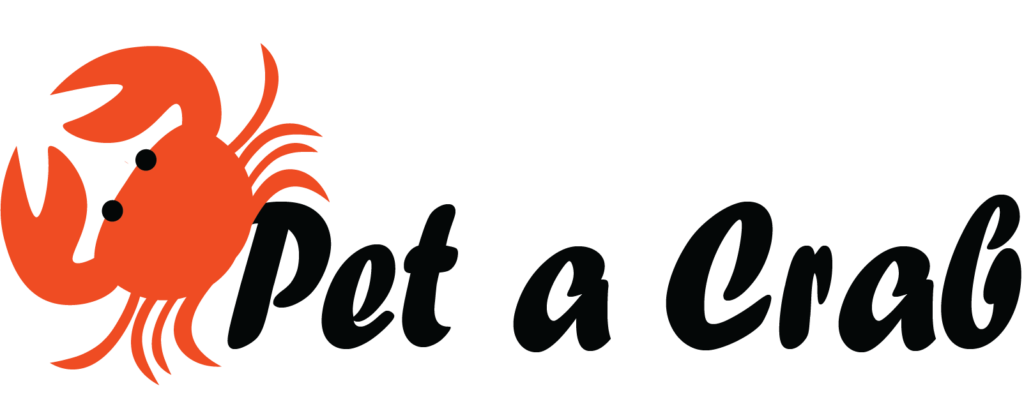Let’s begin with the first two major contributions of horseshoe crab blood:
- Covid 19 (2020): During the COVID-19 pandemic, their unique blue blood was vital in ensuring vaccines were safe.
- HIV/AIDS Treatments (1980s-Present): Horseshoe crab blood played a critical role in the development and safety testing of HIV/AIDS treatments.
Those two contributions are enough to make you understand how important the miraculous blood is in the pharmaceutical industry. Here I’ll only talk everything about blood in details like the use of blood and facts, not how old the species is or any other things.
What is horseshoe crab blood used for?
Horseshoe crab blood contains a special protein called Limulus Amebocyte Lysate (LAL) that detects harmful bacteria. It’s useful for pharmaceutical companies to test vaccines, drugs, and medical devices for safety. This unique blood has human benefits by ensuring products are free from dangerous contaminants before reaching patients.
Other benefits:
Dependency of red knots
Red knots, the amazing migratory shorebirds, rely on horseshoe crab eggs to fuel their incredible journey. Every spring, they travel from South America to the Atlantic coast, where they munch on these eggs to gain the strength needed for their trip to the Arctic to breed. But here’s the problem: horseshoe crab populations have taken a hit due to overharvesting for their blood and other reasons. This means less food for the red knots, leading to a severe drop in their numbers. Over the past 40 years, red knot populations have shrunk by about 94%, largely because they can’t find enough horseshoe crab eggs to eat.
In the 1990s, scientists from the University of Singapore created a synthetic version of horseshoe crab blood called Recombinant Factor C (rFC). This lab-made protein mimics a crucial molecule in crab blood that detects bacterial toxins. rFC is already used in some places like Japan and China. However, many countries, including the U.S., still use real crab blood, as synthetic options aren’t yet widely adopted everywhere.
If the world adopts the synthetic solution, crabs won’t need to go through the bleeding process and risk becoming endangered, and birds won’t face the threat of endangerment either.
Fishing bait
Horseshoe crabs are prized in the fishing world, especially when it comes to catching eels and sea snails, like whelks. Their unique scent draws these marine animals in, making them a go-to bait for fishermen. Whether used whole or chopped into pieces, horseshoe crabs play a crucial role in baiting traps for eel and whelk fisheries along the U.S. East Coast.

As fertilizer
Horseshoe crabs played a surprising role in agriculture as fertilizer. Back in colonial times and well into the 20th century, these ancient creatures were steamed and ground into a nutrient-rich meal used to boost soil fertility. Farmers around Delaware Bay relied on this natural fertilizer to improve their crops and enhance soil quality.
The practice helped agriculture thrive by adding essential nutrients to the soil, making horseshoe crab fertilizer a vital resource for many years. However, as farming techniques advanced and demand for different fertilizers grew, the use of horseshoe crabs for this purpose decreased. By the 1970s, the fertilizer industry’s decline led to reduced reliance on horseshoe crabs.
A food source
Consuming horseshoe is normal in some parts of Asia.
Mysterious color of horseshoe crab’s blood
Horseshoe crab blood is blue because it uses copper to carry oxygen, unlike humans who use iron. This copper-based pigment, called hemocyanin, turns the blood blue when exposed to air. The blue-green color helps scientists detect harmful bacteria, making this unique blood essential in medical testing.
Horseshoe crab blood harvesting
Fishermen catch horseshoe crabs during breeding and take them to labs, where about 30% of their blood is drawn. The crabs are then released in a new location, but 10-30% may not survive. Blood harvesting helps in medical testing, but it raises concerns about impact on the species.
Harvesting the blood of the horseshoe crab doesn’t kill them. Most of them survive after being bled; however, up to 30% may die during the process. Each year, around 50,000 horseshoe crabs die during the process. Then they are released in the wild; many of them can’t survive after being released as they become weak.
Horseshoe crab blood price
Horseshoe crab blood is highly valuable, with an estimated worth of $5000 per liter and a LAL test costs less than $20. The cost is due to its use in testing medical products for safety, making it a vital resource in the pharmaceutical industry. Its unique properties explain why it is so expensive and considered irreplaceable for human health benefits.
The process of bleeding horseshoe crab
The process of collecting horseshoe crab blood is carefully managed to ensure the crabs’ well-being. First, healthy crabs are placed in a clean laboratory environment. Their shells are disinfected, and a sterile needle is inserted into a specific area under the shell, known as the dorsal sinus. This is where excess blood is drawn, leaving the majority of the crab’s blood, which is in the gill area, untouched. Studies show that this procedure is generally well-tolerated by the crabs, and most survive and recover from the process. This method helps balance medical needs with animal welfare, keeping both humans and crabs safe.
The story begins with Frederick Bang and Jack Levin –
In the 1960s, Jack Levin, a young hematologist, was sent to a research lab in Cape Cod. His mentor, Frederik Bang, introduced him to horseshoe crabs. Levin was initially terrified but quickly became fascinated by these marine arthropods. Bang, a curious scientist, had discovered that horseshoe crab blood clots when exposed to bacteria, trapping the harmful invaders. This unique defense mechanism intrigued Levin, who began investigating how horseshoe crabs fight off infections.
Levin noticed that horseshoe crab blood clotted when contaminated, but only if bacterial endotoxins were present. He realized this could be a powerful tool for detecting dangerous bacteria in medical products. Through persistence and experimentation, Levin developed the Limulus amebocyte lysate (LAL) test. This groundbreaking test uses horseshoe crab blood to ensure vaccines, IV fluids, and medical devices are free from contamination, saving countless lives.
Despite working in primitive lab conditions, Levin and Bang’s discovery changed the medical field forever. Their work highlighted the importance of horseshoe crabs in protecting human health, leading to efforts to preserve these ancient creatures while still benefiting from their unique blood.1
Is there no alternative for this blood?
Well, there used to be known as rabbit pyrogen test but not better than horseshoe crab’s blood. Rabbits used to bear the burden of testing pharmaceuticals for harmful substances like endotoxins from the 1940s to the late 1970s.
That changed when horseshoe crabs’ unique immune systems came into the spotlight. Scientists discovered that the blood cells in horseshoe crabs, known as amebocytes, can detect endotoxins and trigger a clotting response. This led to the creation of the Limulus Amebocyte Lysate (LAL) test, which became a game-changer. In 1977, the U.S. FDA approved LAL to replace rabbit testing for screening pharmaceuticals and medical devices, making the process safer and more efficient.
Another replacement could be the synthetic option, which I already talked about.
“No longer do we need to damage coastal ecosystems and harvest these horseshoe crabs. We can just grow genetically engineered plants and use the engineered cells from these plants to test for these bacterial toxins” Aravind Krishnan
What makes Aravind Krishnan, a young boy 21 years old from the University of Pennsylvania so sure about his statement?
Let me tell you another story—Aravind Krishnan’s life changed during a family trip to the Jersey Shore. While many kids would focus on swimming or boardwalk treats, Krishnan was captivated by a park ranger’s story about horseshoe crabs. These ancient creatures, bled for their valuable blue blood used in medical testing, sparked his passion. The idea that up to a million horseshoe crabs are collected, bled, and then released—often with fatal consequences—disturbed him. Determined to find a solution, Krishnan began researching alternatives.

His journey led him to a surprising discovery: a small plant called Arabidopsis thaliana that reacts to bacterial toxins just like horseshoe crab blood. Now a junior at the University of Pennsylvania, Krishnan developed ToxiSense, a technology using this plant to detect bacterial toxins. Unlike horseshoe crabs, these engineered plants light up at different intensities based on the toxin levels, offering a more sustainable and cost-effective solution.
According to him, synthetic alternatives have limitations in detecting certain bacteria, and he believes his technology is both more effective and cheaper to produce. He’s now on a path to bring his plant-based solution to market.
Other hopes we can count on–
A new rule from the U.S. Pharmacopeia, coming in early 2024, will make it easier for drug companies to use synthetic alternatives to horseshoe crab blood, like recombinant Factor C (rFC). This change helps avoid the complex regulatory hurdles U.S. companies faced before, although synthetic options have been used in Europe since 2020.
In South Carolina, a recent lawsuit has led to tighter restrictions on horseshoe crab harvesting. For five years, crab collection will be banned on 30 beaches, and harvesters can’t keep female crabs in ponds away from shore. Charles River Laboratories, a major supplier of LAL (from horseshoe crab blood), agreed to avoid harvesting from Cape Romain National Wildlife Refuge and follow new rules with independent oversight. These steps aim to protect the red knot bird, which relies on horseshoe crab eggs for its migration.2


